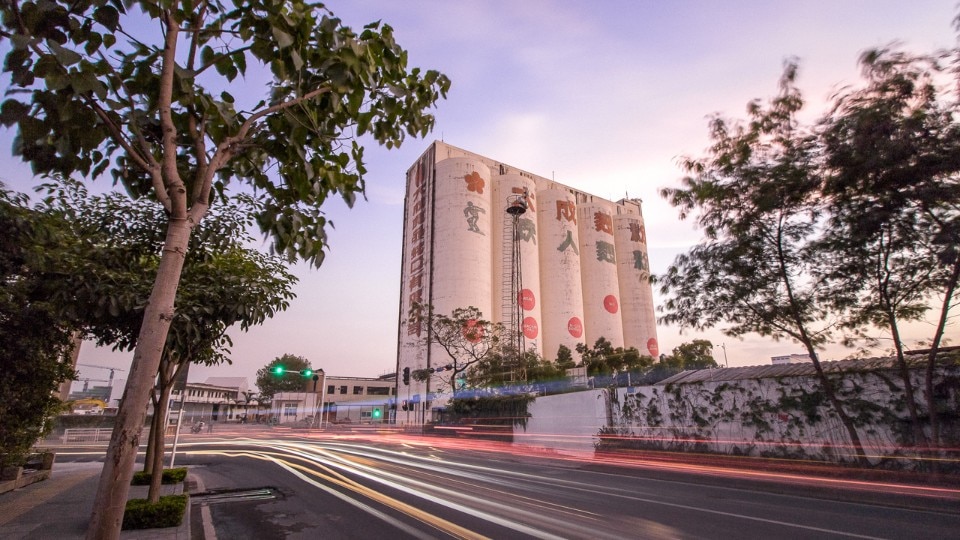Simona Bordone: This Biennale is called Bi-City, meaning Shenzhen and Hong Kong. Where is the Hong Kong one?
Aaron Betsky: It hasn’t opened yet. As far as I know, Hong Kong has less time and fewer funds to prepare its Biennale.
Simona Bordone: That seems odd… So there is a different curatorial team.
Aaron Betsky: Yes. The Shenzhen one is funded with public money and by sponsors; the investment in the Biennale is a local government decision. Hong Kong is investing in its museum of contemporary art. (Ed. note: with the aim of turning the city into an international draw for the art market.) The public funds available to different regions vary hugely.
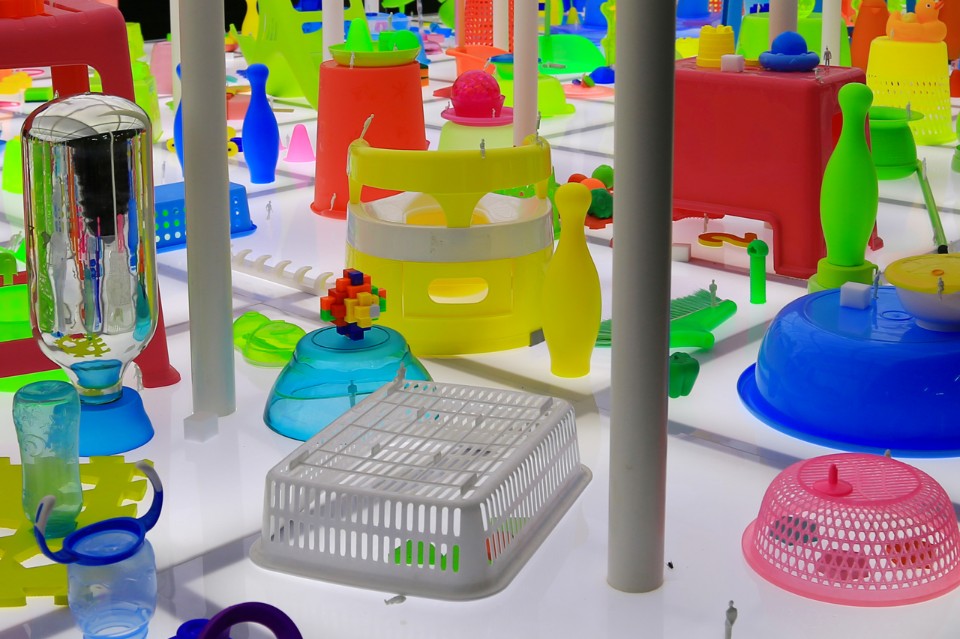
Simona Bordone: Do you think the two cities have a different approach in terms of development policy?
Aaron Betsky: I don’t know enough to answer that.
Simona Bordone: Do you think your curatorial vision of re-use and conversion will be seriously considered by Shenzhen’s local government?
Aaron Betsky: That’s a good question. I think this Biennale has had a very concrete effect because several buildings linked to the urban history have been renovated. OCT Loft, for instance, was born out of the Biennale (Ed. note: a small industrial shed with brick floors that has been turned into a complex with fine shops, a small hotel with a workshop on the ground floor, cafés and restaurants, a book store and plenty of vegetation, all surrounded by buildings now occupied by “creatives”); the last edition was in a glass factory and this time it’s a flour factory. We know for certain that most of the buildings on this site will be conserved and we are also sure we have lent a voice to many architects, urban planners and artists, some of whom have already participated in several biennials and I believe this has helped them. The fact that they were given funds to pursue their research or even just had their work in the international limelight is quite effective, I believe.
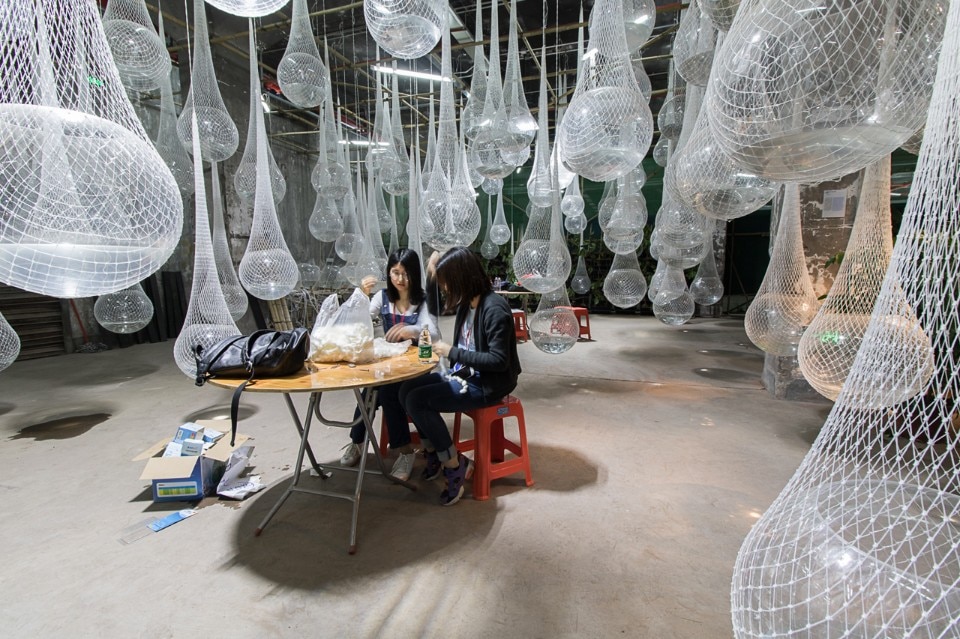
Simona Bordone: As far as your idea of collage is concerned, do you believe that leftover and interstitial spaces are important?
Aaron Betsky: Yes, this is precisely the point. There’s still so much space in buildings and cities that we must come up with a way of re-using it.
One of the most significant things about Shenzhen is that there is so much vegetation, including the transformation of the 26 kilometres of coastline to parkland. It is my hope that all the leftover spaces in the city will be converted to natural environments and not given new buildings. To the best of my knowledge – but of course I don’t live here and what I say is based on what I’m told – within the next ten years or maybe even less, the boundary between Shenzhen and Hong Kong will have disappeared, making the decisions on the future of what is in some ways a no man’s land – the strait of sea between the two cities – even more crucial.
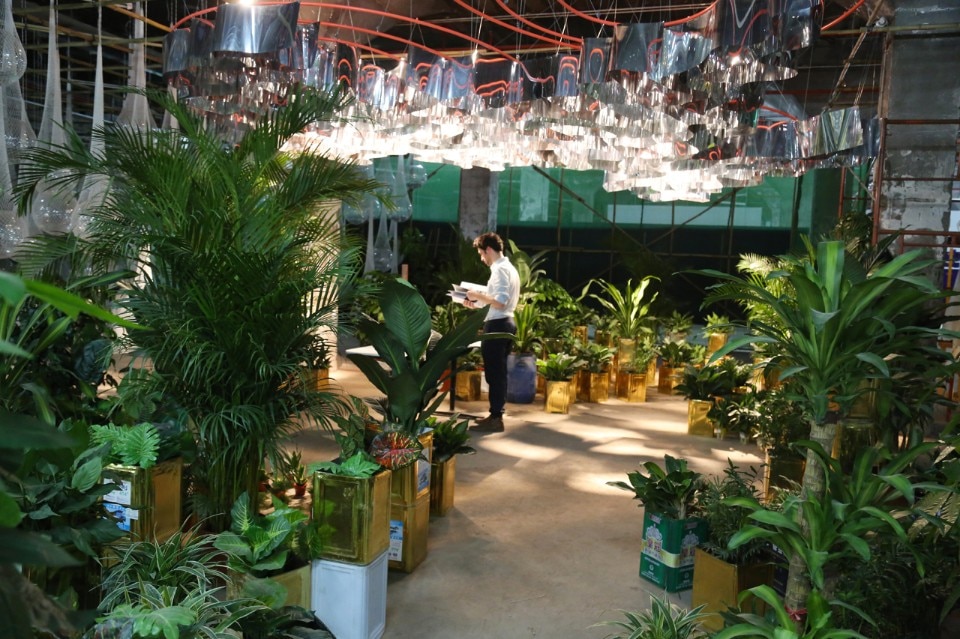
Simona Bordone: Are you happy with “your” Biennale?
Aaron Betsky: This isn’t the Venice Biennale, which has been running since 1895 and is a well-oiled machine. The economic and ethical standards here in China are different from those we are accustomed to. We are constantly faced with the clash between the no-profit work of the NGOs, the public efforts based on the people’s needs and the maximisation of profits for the private sector. I would have liked what was done by the curators and what was done by others to have been clearer.
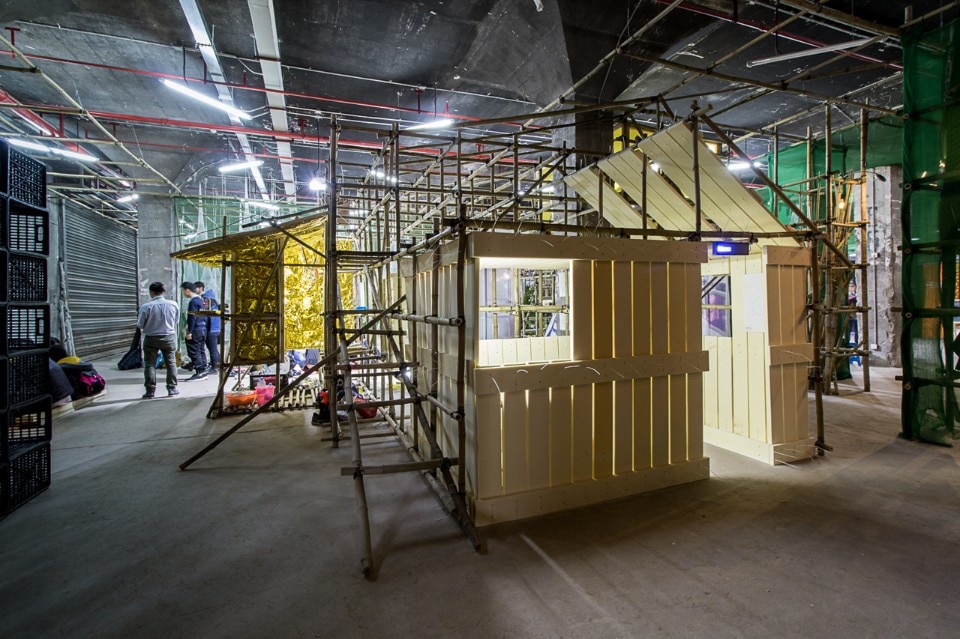
Simona Bordone: Have you any idea who will visit this Biennale?
Aaron Betsky: Number-wise, I am told it will have 200/300,000 visitors, mostly students. Although this is a limitation in one way, it also offers great potential for the future, but it is hard to attract a broader public. As a curator, I have sometimes been accused of pandering to the public and for this reason not being rigorous enough. Here, I have tried to make the exhibition accessible to a mass public. Watching people enter and see the silos means that we have at least partially demonstrated our theory of bringing the city back to life.
until 28 february 2016
2015 Bi-City Biennale of Urbanism/Architecture (Shenzhen)
Re-Living the City
Dacheng Flour Mill, Shekou
Shenzhen, Cina


